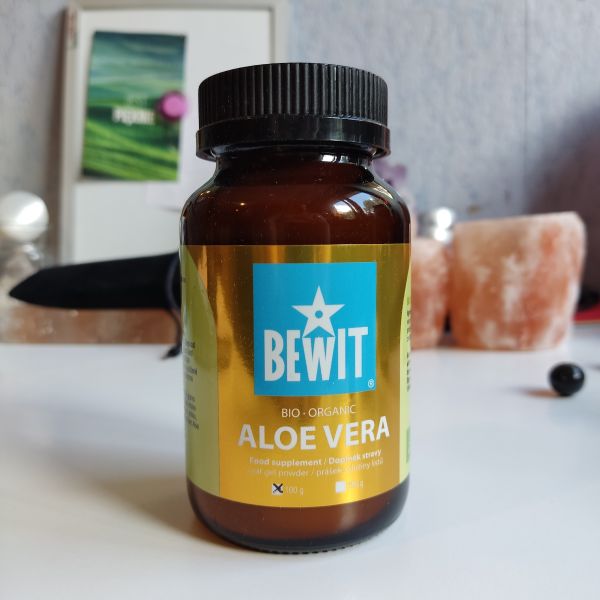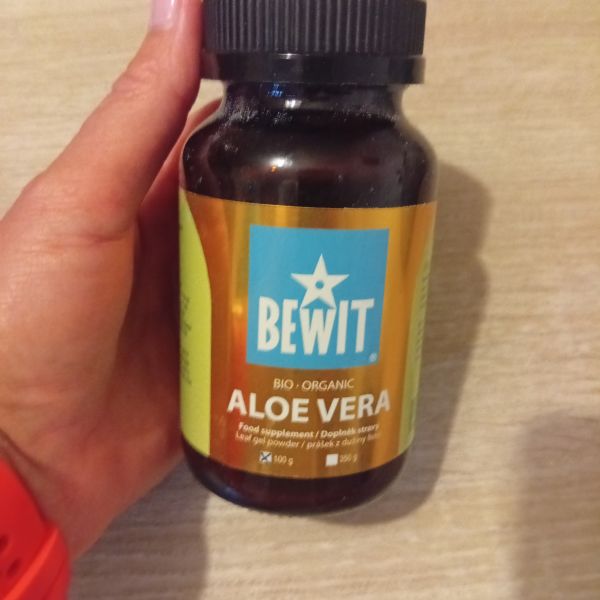BEWIT Aloe vera, BIO
This leaf pulp powder, made from Aloe vera, is a highly effective food supplement
Aloe Barbadensis Miller
Aloe vera has fleshy leaves full of juicy pulp (gel), which is collected and the dried into the resulting powder. The dried gel contains many important substances including a range of nutrients. Suitable for water, juices, milk, porridge, smoothies, cereals or other dishes.


CZ-BIO-002
Curated reviews by the BEWIT Team
„Miesiąc suplementacji (mała łyżeczka rozpuszczona w szklance ciepłej wody przed posiłkiem) rano i wieczorem. Praktycznie bez żadnego smaku. Bardzo dobra rozpuszczalność. Efekty? Usprawnione trawienie, mniejszy problem ze wzdęciami i obolałym brzuchem. Będę kontynuować, naprawdę warto. “
Arkadiusz Rozenek
History
Aloe vera has been known and used for its therapuetic effects for thousands of years. The name aloe comes from the Arabic word alloeh which translates as „bitter and shiny substance“. The term vera comes from the Latin word for „truth“. It is clear from the name that aloe is not just another ordinary plant. It has historically played a rather important role in ancient India and China, from where it originated. The ancient Greeks, Romans and Babylonians were also fond of it, placing sheets of the leaves of this beneficial plant on their burnt or otherwise irritated skin. On the basis of its observed effects, aloe has become part of traditional and folk medicine, for its range of known pysiological and imuno-modulatory properties. In recent years, aloe vera products have gained a remarkable position in the dietary supplement market. The biologically active substances contained in the aloe pulp itself have been the subject of many scientific studies.
Origin and cultivation
Aloe is a perennial succulent plant, resembling a cactus in appearance. It thrives especially in arid regions, where its fleshy leaves and large stature make it not easy to miss. The inner part of the leaf, or the flesh, is considered the most valuable, as it contains biologically active substances and water-holding components that are beneficial to the body. The bound water, together with the other substances it contains, gives the pulp its characteristic gel-like consistency. The outer part of the leaf, the cuticle, prevents the loss of bound water, making the aloe a dry, resistant plant. The starting material for the production of the resulting powder is the gel-like pulp, which is obtained exclusively from healthy, ripe and freshly harvested leaves. The extracted pulp is then gently dried into the final product.
Composition and properties
Depending on the rich range of enzymes, vitamins, minerals and other biologically active substances, aloe vera powder is associated with numerous beneficial effects. The naturally occurring antioxidants help to „quench“ free radicals. The photochemicals present in this plant are considered to be another benefit.
Recommended dosage
Stir 2–3 grams daily in water, juice, milk, oatmeal, smoothies, cereal or other foods. Daily intake of Aloe vera: 2–3 g.
Warning
- Do not exceed the recommended daily dose.
- This product is not intended to replace a varied and balanced diet.
- Keep out of reach of children.
- Not suitable for children under 3 years of age or pregnant and lactating women.
- Store dry, protect from heat.
Packaging
You can choose from two packaging options:
- in a paper bag, content 350 g
- in a glass bottle, 100 g content
Origin: Peru
Resources
[1] DEBNATH, Trishna et al., 2017. Identification of phenolic constituents and antioxidant activity of Aloe barbadensis flower extracts. Food and agricultural immunology. 28–37.
[2] HĘŚ, Marzanna et al., 2019. Aloe vera (L.) Webb.: Natural Sources of Antioxidants – A Review. Plant foods for human nutrition. 74, 255–265.
Beneficial effects of Aloe vera gel on lipid profile, lipase activities and oxidant/antioxidant status in obese rats. Journal of Functional Foods. 48, 525–532.
[4] MAJUMDER, Ranabir, Chandan KANTA DAS and Mahitosh MANDAL, 2019. Lead bioactive compounds of Aloe vera as potential anticancer agent. Pharmacological Research. 148. ISSN 1043–6618.
[5] MONIRUZZAMAN, Mohammed et al. 2012. in Vitro Antioxidant Effects of Aloe barbadensis Miller Extracts and the Potential Role of These Extracts as Antidiabetic and Antilipidemic Agents on Streptozotocin-Induced Type 2 Diabetic Model Rats]. Molecules. 17, 12851–12867.
100% pure and natural
All ingredients contained in the product are 100% pure and natural and non-synthetic.
Ahinsa
An ethical approach is founded on respect for all forms of life.
Insect Free
The product contains no insects or parts thereof.
Laboratory tested
In our Ostrava laboratory, we meticulously analyse the exact composition and quality of essential oils at an unparalleled level. For more insights into the methods we use to uncover the secrets of these unique gifts of nature, visit here. Or simply take a closer look at a sample of BEWIT Lavender Kashmir essential oil.
No dyes
The product does not contain dyes.
No phosphates
The product does not contain phosphates.
Non GMO
The composition of the product is 100% made up of ingredients that have not been genetically modified.
Non synthetic
The product does not contain synthetic or synthetically produced ingredients.
Produced with Love
The product has been developed and produced in an atmosphere of love, harmony and with intent of giving benefit to all who use it.
Superfood
The product contains nutritionally valuable superfoods, which are very beneficial for their exceptionally high content of vitamins, minerals and a wide range of bioactive substances.
Vegan
This product is suitable for vegans. At no stage during development, testing or production of this item were animal or dairy products used.
Download documents
Document
Testy mikrobiologie, těžké kovyReviews
BEWIT Aloe vera, BIO
This leaf pulp powder, made from Aloe vera, is a highly effective food supplement
Want to add your own review? We're interested in your opinion.
Sign in / RegisterMiesiąc suplementacji (mała łyżeczka rozpuszczona w szklance ciepłej wody przed posiłkiem) rano i wieczorem. Praktycznie bez żadnego smaku. Bardzo dobra rozpuszczalność. Efekty? Usprawnione trawienie, mniejszy problem ze wzdęciami i obolałym brzuchem. Będę kontynuować, naprawdę warto.
Did you find this review helpful?
+ 3
Aloe v prášku je super na cesty, malé skladné balení je praktické. Chuť nemá žádnou a dobře se rozpouští i ve studené vodě.
Did you find this review helpful?
+ 2

Za mną już jedno opakowanie a właśnie przyszło kolejne – Aloe vera. Aloes w wygodnej formie proszku. Zaczynam dzień od szklanki ciepłej wody z łyżeczką tego produktu. Jest to jeszcze jeden z wielu czynników, które mam nadzieję wpływają dobrze na moją odporność i dobre samopoczucie.
Did you find this review helpful?
+ 2

Prášek z Aloe jsem koupila ze zvědavosti, vždy jsem měla kupovaný nápoj. Velmi mile mě překvapilo, jak snadno se rozpustí ve vlažné vodě. Začala jsem užívat denně ráno před snídaní, do hrnku s vlažnou vodou půl čajové lžičky prášku. Cítím lepší zažívání, přestalo se mi nafukovat střevo. Procházím nyní detoxem, přestala jsem jíst maso tak že prášek je výbornou podporou. Syn si jej také nemůže vynachválit, právě objednávám další balení.
Did you find this review helpful?
+ 1

Uwielbiam ten aloes! Mogłabym go jeść łyżeczkami 🩷😅 niektórzy piszą że jest bez smaku ale dla mnie ma taki słodkawy smak jak mleczka w proszku 😅
Did you find this review helpful?
Kupiłam go dla córki dla wzmocnienia odporności oraz podaję w trakcie przeziębienia. Polecam dobrze sie rozpuszcza.
Did you find this review helpful?
Tento prášek si rozpustím ve vlažné vodě a každé ráno popíjím. Je to další super produkt od této firmy.
Did you find this review helpful?

Popravde carbon elixír neobjednávam pre seba, ale pre moju mamku, ktorá je onkologický pacient a je ťažké vidieť pri braní týchto vyživových doplnkov zreteľné účinky. Bral to aj priateľ a nepociťoval okrem vyspatosti (začal stávať skôr a vyspatý) žiadne zmeny po prvom balení. Akurát mamka vníma, že v porovnaní s inými onko-pacientmi sa cíti výrazne lepšie, ma viac energie a rastu jej vlasky. Doktorka povedala, že je to počas chemoterapie neako skoro :) Okrem toho berie z Bewitu aj aloe veru,j ačmeň, chlorelu, reishi a ešte niečo k tomu, tak posuďte sami.
Did you find this review helpful?
+ 9
opravdu nechápu, proč mě ještě rostlinné oleje od Bewit překvapují. dalším pokladem je tento mandlový olej. pořídila jsem si ho především na výrobu vlastní kosmetiky. spousta lidí si myslí, že mandlový olej voní důrazně po mandlích, ale opak je pravdou. toto byl ten i důvod, proč jsem si ho vybrala. toto a jeho sametová konzistence, chuťová jemnost a vysoký obsah vitamínu E a K! a co mě překvapilo, že snese opravdu vysokou teplotu. o víkendu jsem díky tomu oleji, vyrobila naprosto bezkonkurenční šlehaný balzám. přidala jsem ještě kakaové máslo, trochu mrkvového a granátového oleje, prášku Aloe Vera a pomocí esenciální vody z růže damašské našlehala opravdový poklad.
Did you find this review helpful?
+ 23
Tento prášok si pridávam do smoothie na detox od ťažkých kovov. Má veľmi príjemnú chuť :)
Did you find this review helpful?
+ 1


Mladý ječmen si dávám do mixéru a je to můj nejoblíbenější džus. Koupila jsem si také prášek Aloe a mixuji dohromady. Aloe ječmen příjemně zjemní. Džus mě vždy pálil v žaludku, ale ječmen mě příjemně žaludek pohladí a cítím se svěže. Napiji se a jdu si zacvičit, skvělý ranní rituál. No a komu nechutná to zelené, doporučuji mixovat s banánem a kapkou kokos. oleje nebo lněného. Větší balení má jen jednu nevýhodu. V papírovém balení na suchý zip se prášek občas zvíří a když se nespotřebuje rychle, tak se udělají hrudky z vlhkosti. Doporučila bych dovozci, aby do balení dávali kostky proti vlhkosti ( jak to má jiný český dovozce od tohoto amerického dodavatele). Já bych osobně ocenila i to větší balení ve skle jako je to malé, ale bylo vyprodané, tak mám opět pytlík.
Did you find this review helpful?
+ 4


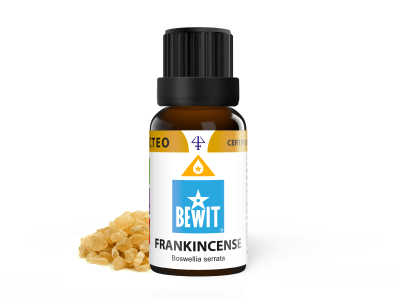
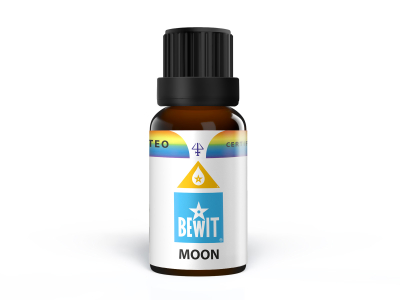
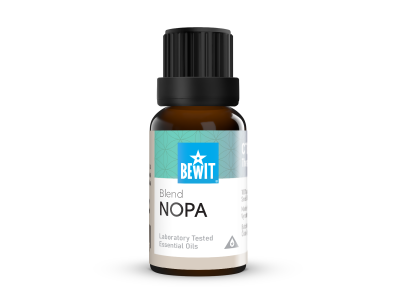
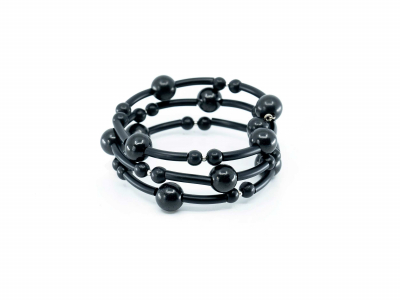
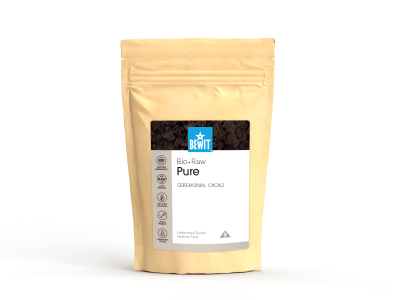


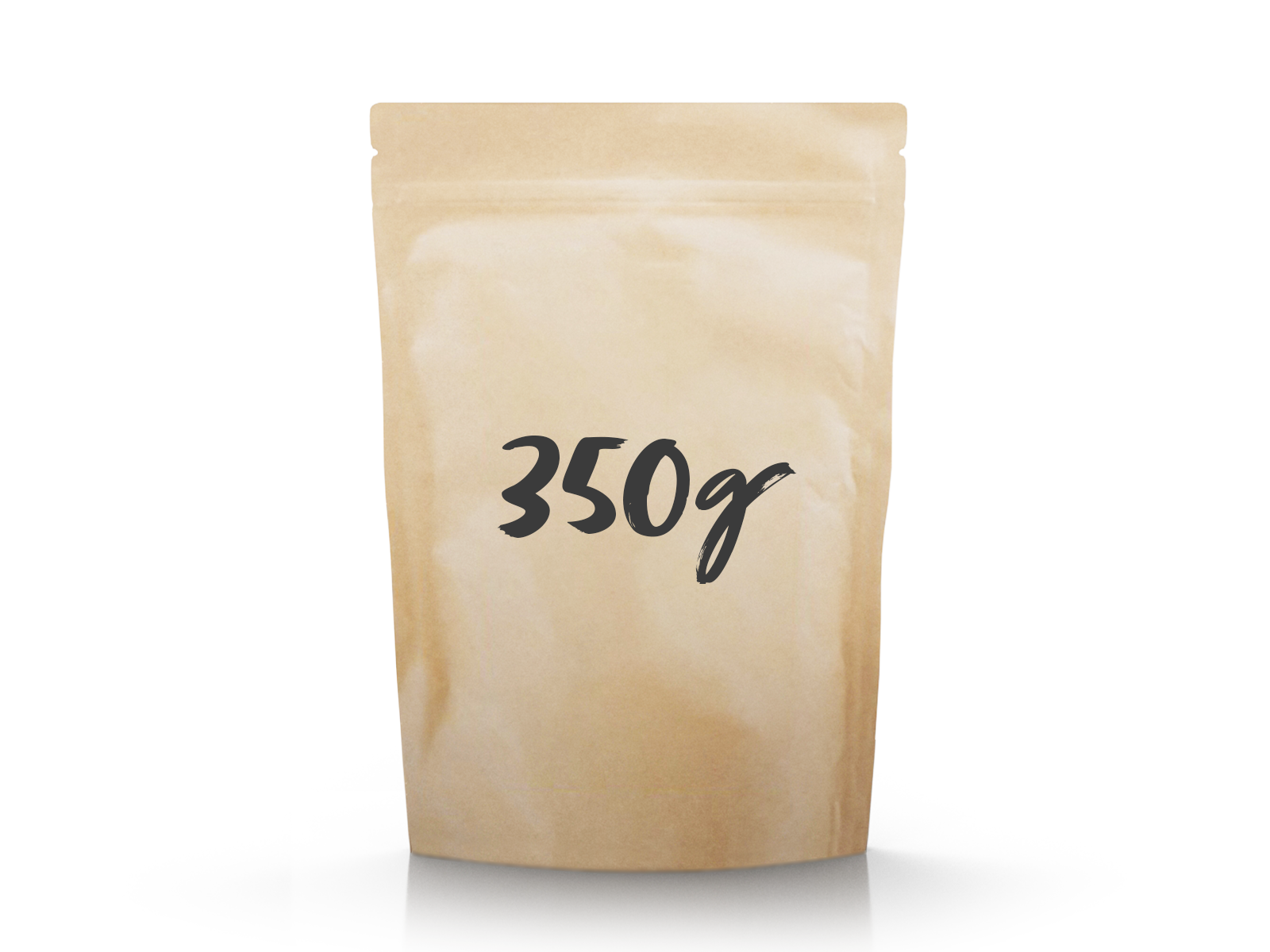
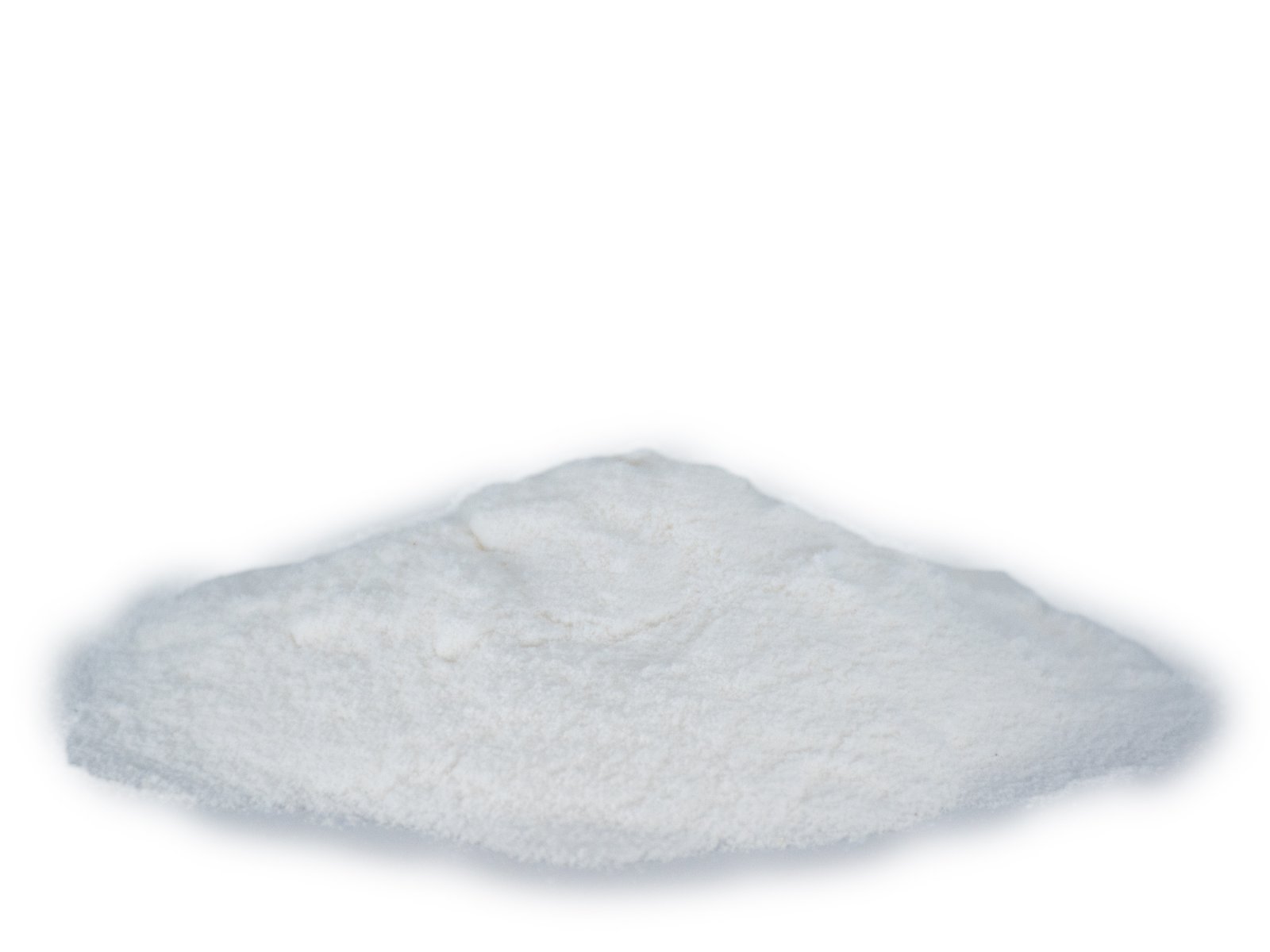
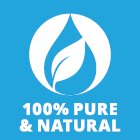


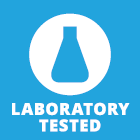

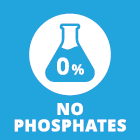

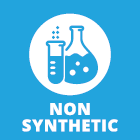



 Česky
Česky  Slovensky
Slovensky  Polski
Polski 